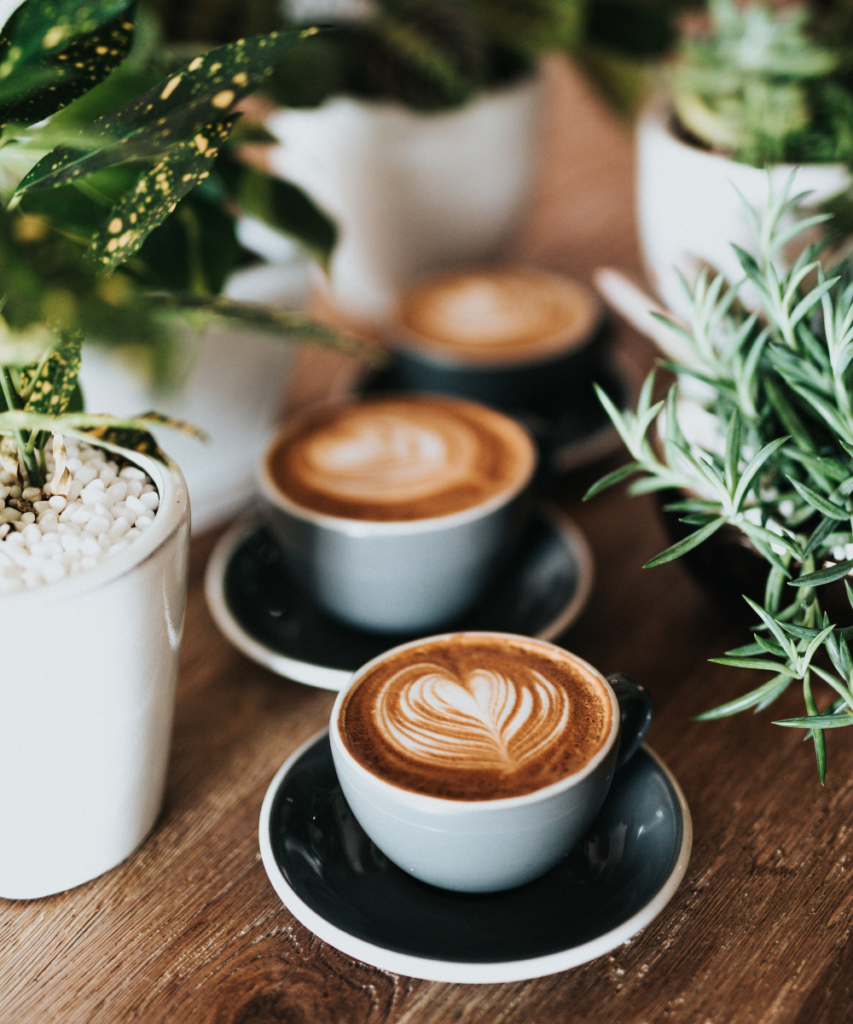- Feel Good
- 13th Apr 2022
- 1.2k Views
- 0
- 1 minutes
6 ways to become a coffee connoisseur

Baristocracy Coffee spills the beans on how switching to speciality beans will make you taste coffee like you’ve never tasted coffee before…

Baristocracy Coffee spills the beans on how switching to speciality beans will make you taste coffee like you’ve never tasted coffee before…
Subscribe now to receive our twice-weekly emails and exclusive offers for High Life North readers.
Comments